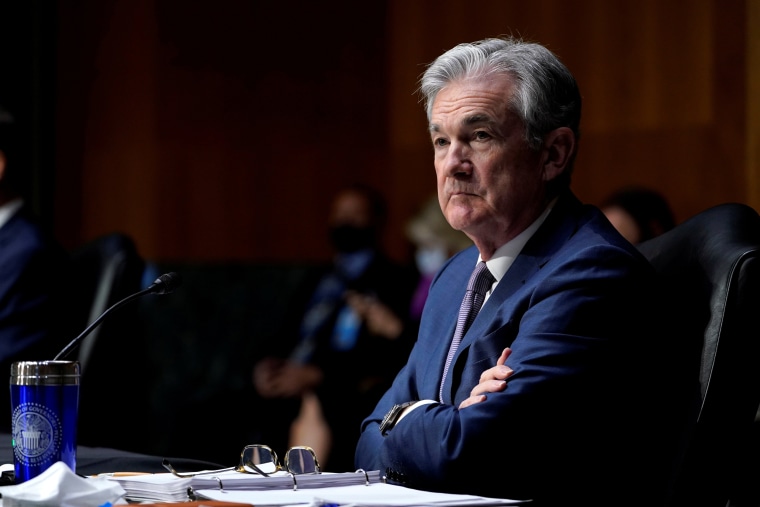The real unemployment rate in the U.S. is closer to 10 percent, Federal Reserve Chairman Jerome Powell said Wednesday, after misclassification errors are factored in to the official government figure. The current unemployment rate, as reported by the Bureau of Labor Statistics last week, is 6.3 percent.
"We are still very far from a strong labor market whose benefits are broadly shared," Powell said, in a virtual speech for the Economic Club of New York on the state of the labor market. "The pandemic has led to the largest 12-month decline in labor force participation since at least 1948," he said.
While the national unemployment rate has fallen from its April peak of 14.8 percent, it is still much higher than its pre-pandemic level. The unemployment rate in February 2020, before the coronavirus took hold of the economy, was just 3.5 percent, the lowest level in almost 50 years.
More than 10 million Americans are still out of work, and millions more have stopped searching for a job. The January employment report showed that 5 million people left the work force that month.
"The Bureau of Labor Statistics reports that many unemployed individuals have been misclassified as employed," Powell said. "Correcting this misclassification and counting those who have left the labor force since last February as unemployed would boost the unemployment rate to close to 10 percent in January."
Given the likelihood that many people will struggle to find work in the post-pandemic economy, the goal of maximum employment "will require more than supportive monetary policy,” Powell said. “It will require a society-wide commitment,” he added, stressing the importance of low interest rates.
“We will not tighten monetary policy solely in response to a strong labor market,” Powell said, underscoring that the Fed won't look to hike rates until all sectors of the work force have recovered.
The central bank's next monetary policymaking meeting is set for March 16-17. At the most recent meeting, the Federal Open Market Committee, the Fed's voting arm, opted to keep interest rates at their current level of between 0 and 0.25 percent.

